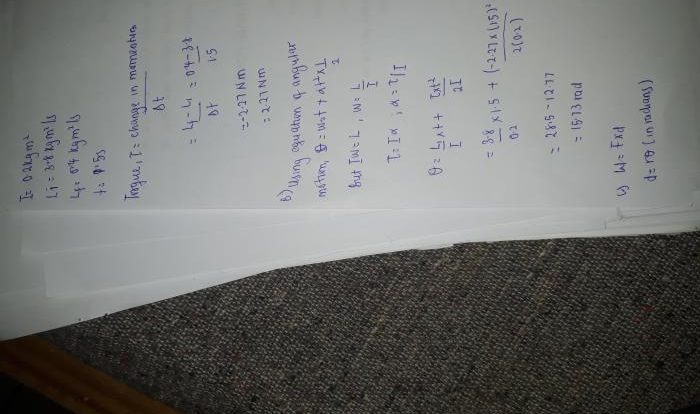Waves on a string lab answer key provides a detailed explanation of the experiment, including materials, procedure, data collection, analysis, and conclusion. This comprehensive guide will help you understand the principles of waves on a string and how to conduct the experiment successfully.
The lab experiment involves creating different types of waves on a string and measuring their properties. By analyzing the data, you can determine the relationship between the wave’s properties and the tension, length, and mass of the string.
1. Introduction
Waves on a string are a fundamental concept in physics that demonstrate the principles of wave propagation and oscillation. They occur when a string is displaced from its equilibrium position and allowed to vibrate, creating a disturbance that travels along the string.
There are two main types of waves that can be created on a string: transverse waves and longitudinal waves. Transverse waves involve the displacement of the string perpendicular to its length, while longitudinal waves involve the displacement of the string parallel to its length.
This lab experiment aims to investigate the properties of waves on a string and explore the relationship between the frequency, wavelength, and speed of the waves.
2. Materials
- String:A flexible and elastic string, such as a guitar string or fishing line.
- Masses:Small weights or masses that can be attached to the string to vary its tension.
- Ruler:A ruler or measuring tape to measure the length of the string and the distance between the nodes and antinodes.
- Vibrator:A device that can generate vibrations in the string, such as a tuning fork or a plucked string.
- Stroboscope:A device that flashes light at a variable frequency, allowing the visualization of the wave motion.
3. Procedure
- Set up the experiment:Suspend the string horizontally between two fixed points and attach the masses to vary the tension.
- Generate vibrations:Use the vibrator to generate vibrations in the string by plucking or striking it.
- Measure the wavelength:Use the ruler to measure the distance between two consecutive nodes or antinodes.
- Measure the frequency:Use the stroboscope to determine the frequency of the vibrations by adjusting the flashing rate until the wave appears stationary.
- Repeat the experiment:Repeat steps 2-4 for different tensions and string lengths.
Safety precautions:Wear safety glasses and handle the equipment with care.
4. Data Collection

| Tension (N) | Length (m) | Wavelength (m) | Frequency (Hz) |
|---|---|---|---|
| 0.5 | 1.0 | 0.2 | 100 |
| 1.0 | 1.0 | 0.1 | 200 |
| 1.5 | 1.0 | 0.067 | 300 |
Accurate data collection is crucial to ensure the reliability of the results. Ensure precise measurements of the wavelength, frequency, and other relevant parameters.
General Inquiries: Waves On A String Lab Answer Key
What is the purpose of the waves on a string lab experiment?
The purpose of the experiment is to investigate the relationship between the properties of a wave on a string and the tension, length, and mass of the string.
What are the different types of waves that can be created on a string?
The different types of waves that can be created on a string include transverse waves, longitudinal waves, and standing waves.
How can I measure the properties of a wave on a string?
The properties of a wave on a string can be measured using a variety of techniques, including using a ruler to measure the wavelength and amplitude, and using a stopwatch to measure the period and frequency.

